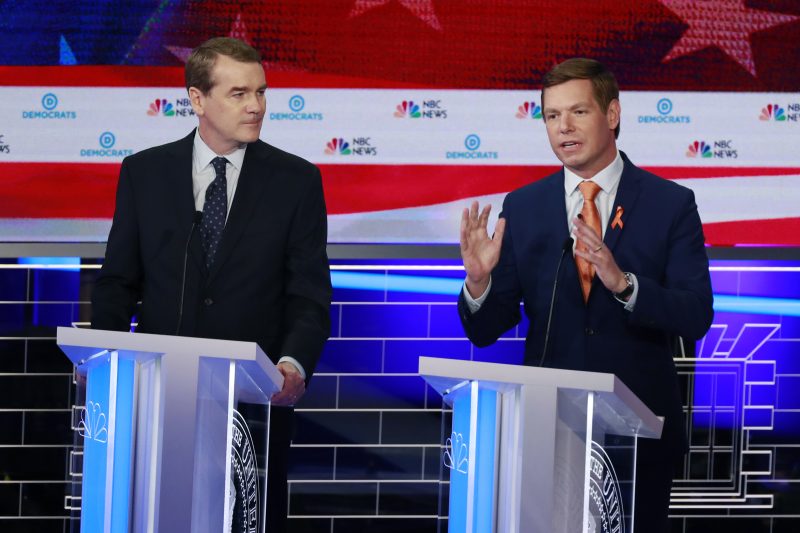In a constantly evolving political landscape, the challenge of passing the torch to younger leaders is a topic that has captured the attention of both party loyalists and neutral observers. The Democratic Party, historically known for its progressive values and emphasis on inclusivity, is currently facing the task of integrating a new generation of leaders into its ranks while maintaining its core principles. Despite their efforts, navigating this transition has proven to be a stumbling block for the party.
One of the main obstacles hindering the Democrats is finding a balance between the old guard and the rising stars within the party. Established leaders who have been in office for decades may find it challenging to relinquish power and make way for fresh faces, fearing a loss of influence and a departure from tradition. This reluctance to embrace change can lead to tensions within the party and hinder the growth of younger leaders who bring new ideas and perspectives to the table.
Moreover, the Democratic Party’s struggle to pass the torch is also evident in their approach to grooming and elevating younger talent. While there have been attempts to support and promote emerging leaders, the lack of a clear and cohesive strategy has resulted in a fragmented and disjointed succession plan. Without a comprehensive plan in place, the party risks losing out on nurturing the potential of promising young politicians and building a strong foundation for the future.
Another significant factor impeding the Democrats’ efforts to pass the torch is the influence of money and power dynamics within the party. Established politicians often have access to vast resources and connections, which can make it difficult for newer, less well-known figures to break into the spotlight. This disparity in resources can create an uneven playing field and limit the opportunities available to younger leaders, stifling their ability to rise through the ranks and make meaningful contributions to the party’s agenda.
Despite these challenges, there are steps the Democratic Party can take to overcome their stumbling block and smoothly transition to a new generation of leaders. Embracing mentorship programs that pair experienced politicians with up-and-coming talent can help bridge the gap between the old guard and the new wave of leaders. By providing guidance, support, and opportunities for growth, these programs can foster a sense of continuity within the party while empowering younger leaders to step into positions of greater responsibility.
Additionally, the Democratic Party must prioritize diversity and inclusivity in their leadership development efforts to ensure that voices from all backgrounds are represented and heard. By actively seeking out and elevating leaders from underrepresented communities, the party can build a more inclusive and representative leadership pipeline that reflects the rich tapestry of American society.
In conclusion, the Democratic Party’s struggle to pass the torch to younger leaders is a complex and multifaceted issue that requires careful navigation and strategic planning. By addressing the challenges presented by entrenched power dynamics, lack of clear succession planning, and the need for diversity and inclusivity, the party can pave the way for a smooth and successful transition to a new generation of leaders. Only by embracing change, fostering mentorship, and prioritizing equity can the Democrats overcome their stumbling block and usher in a new era of leadership that is both dynamic and responsive to the needs of the American people.




























